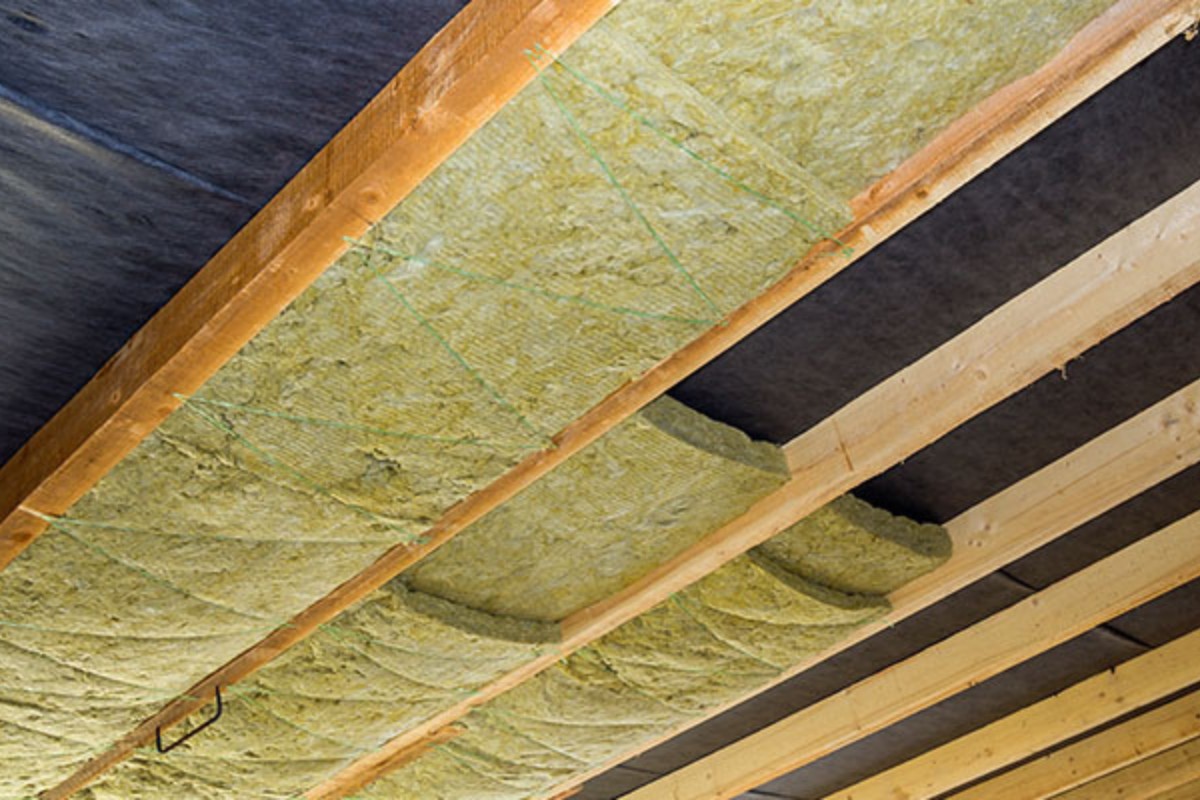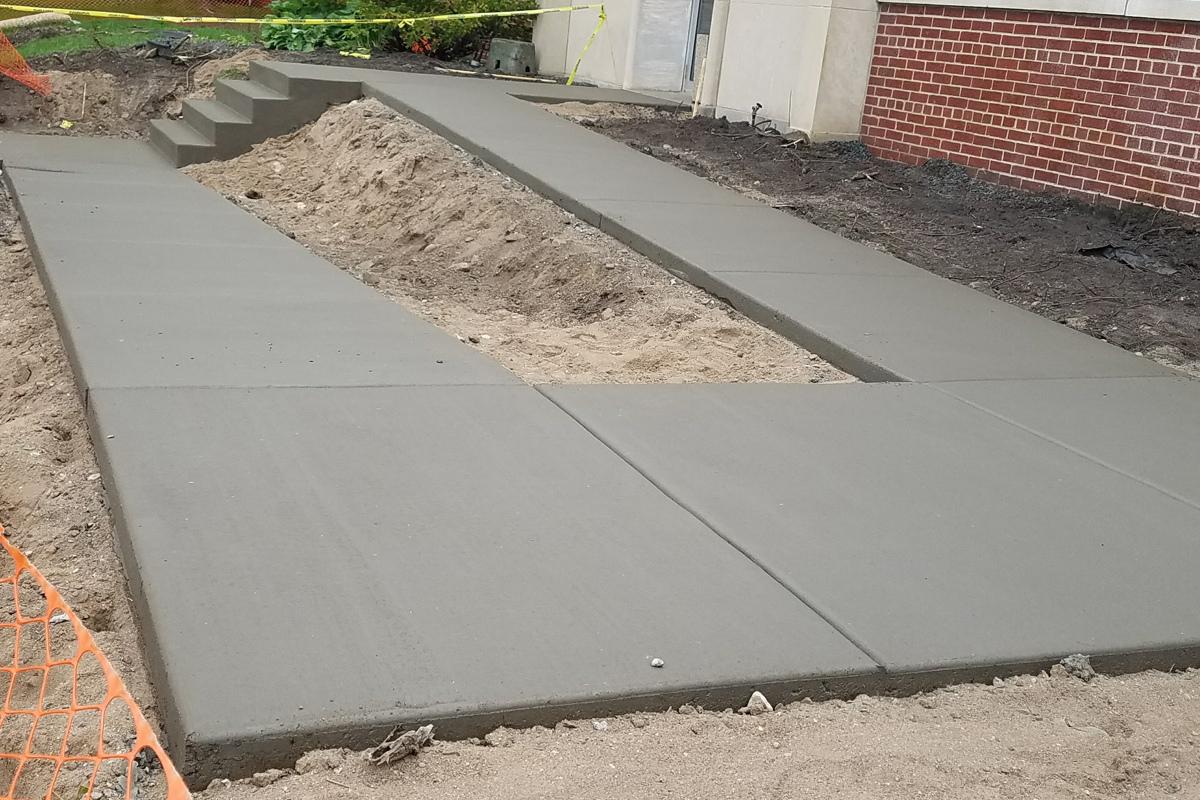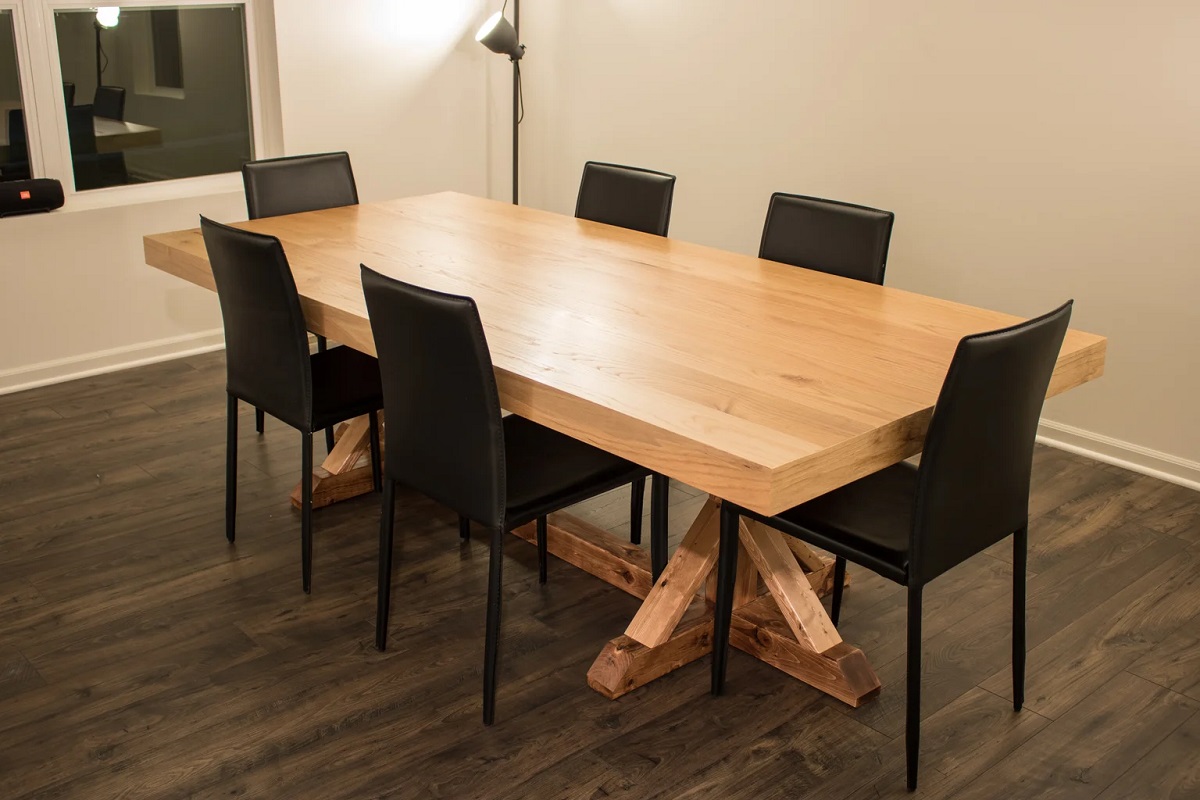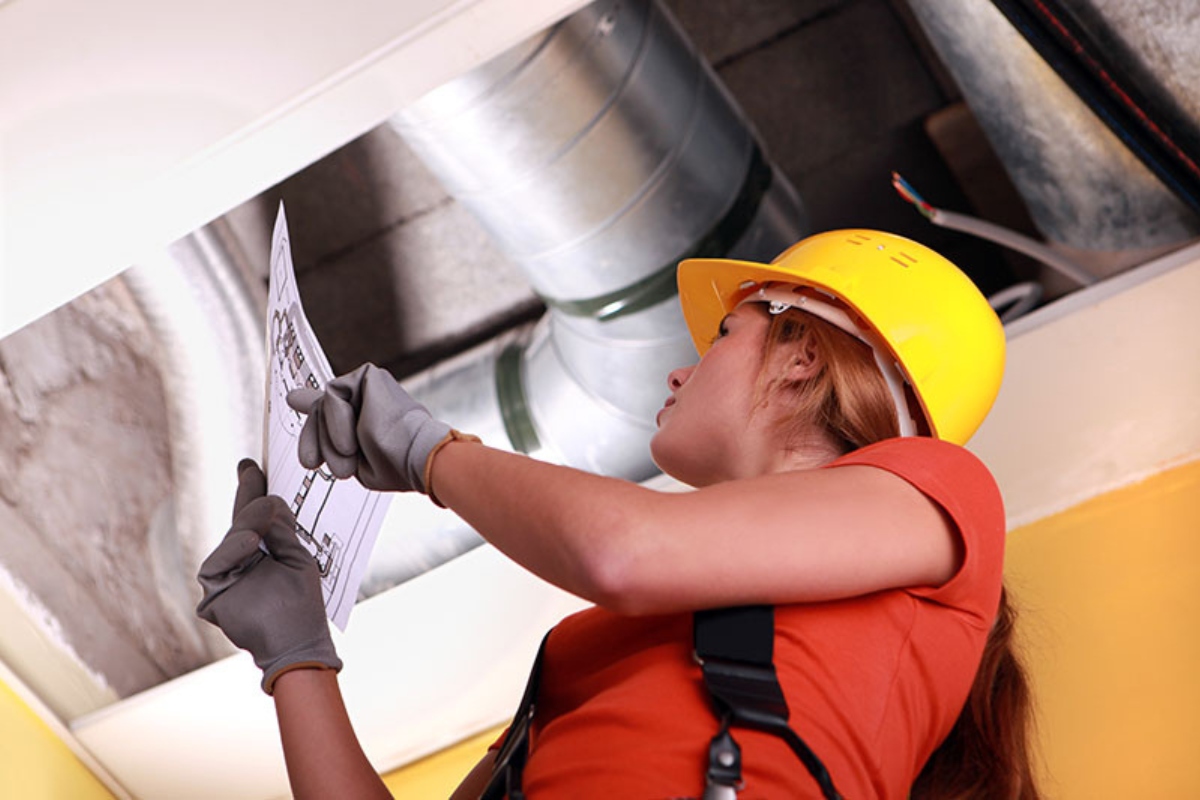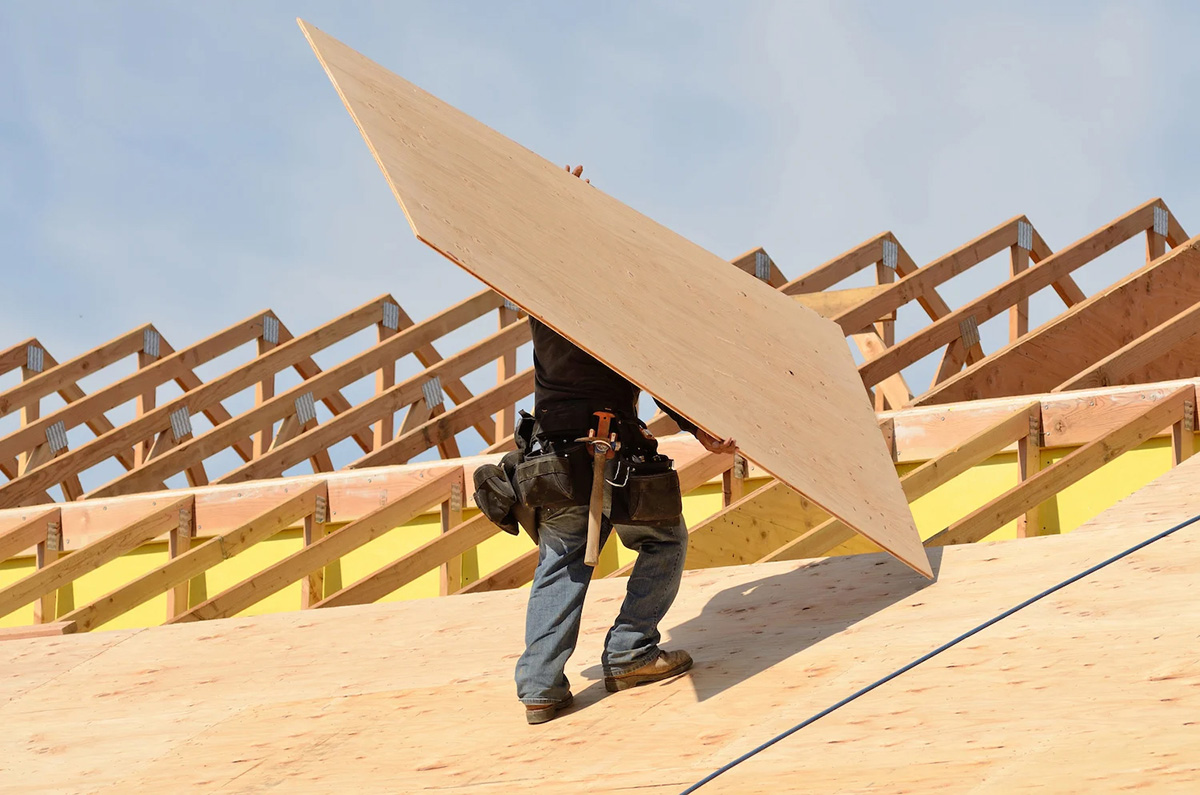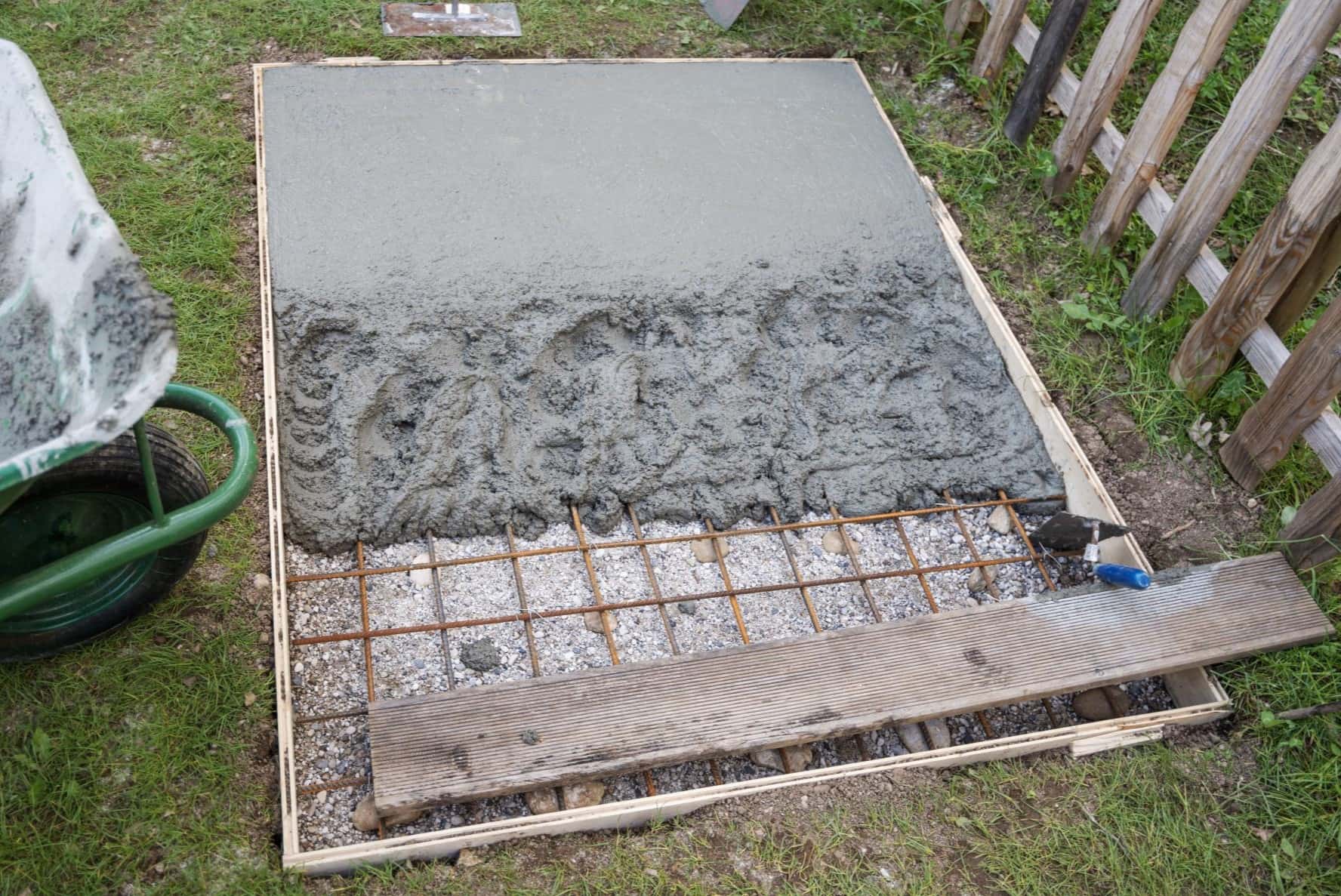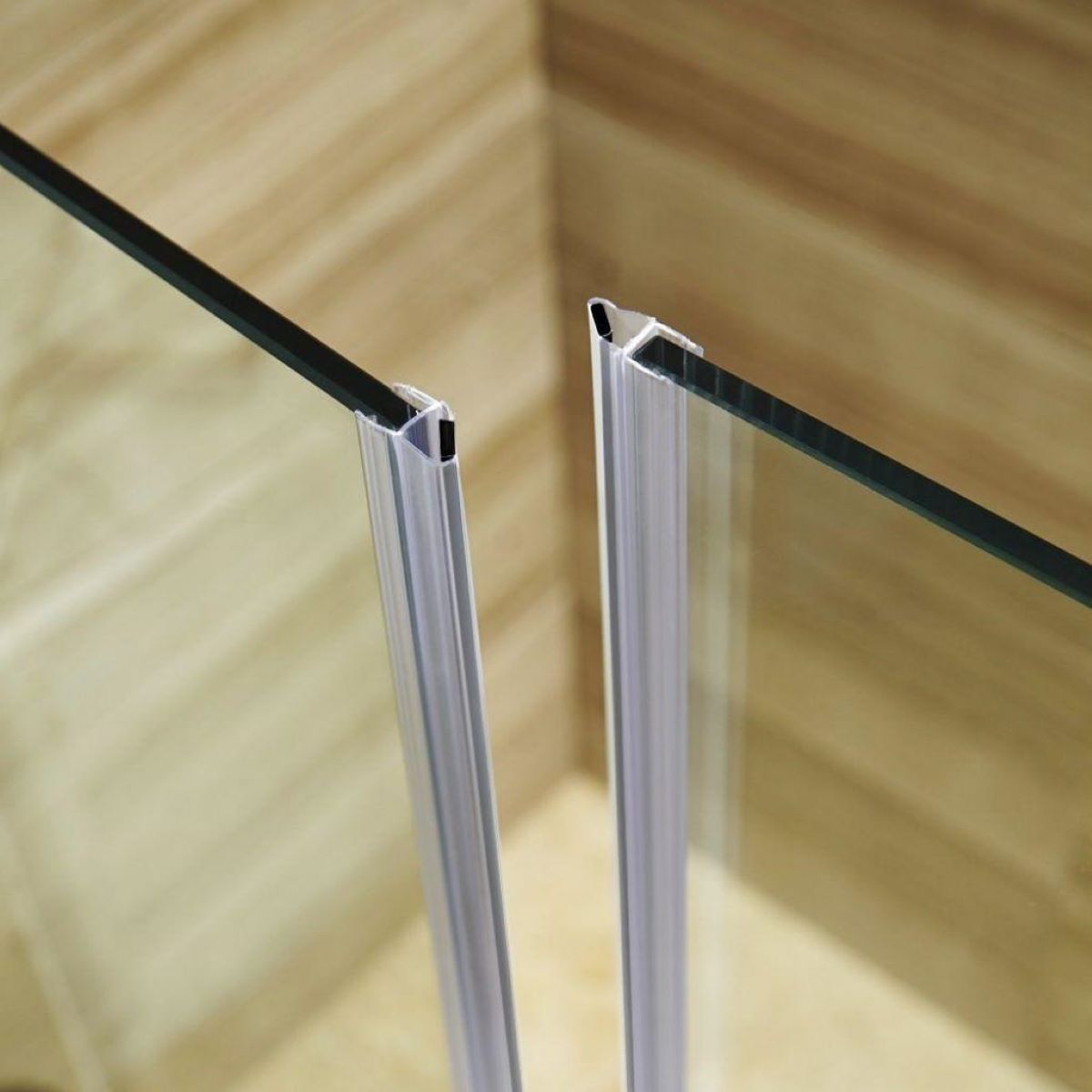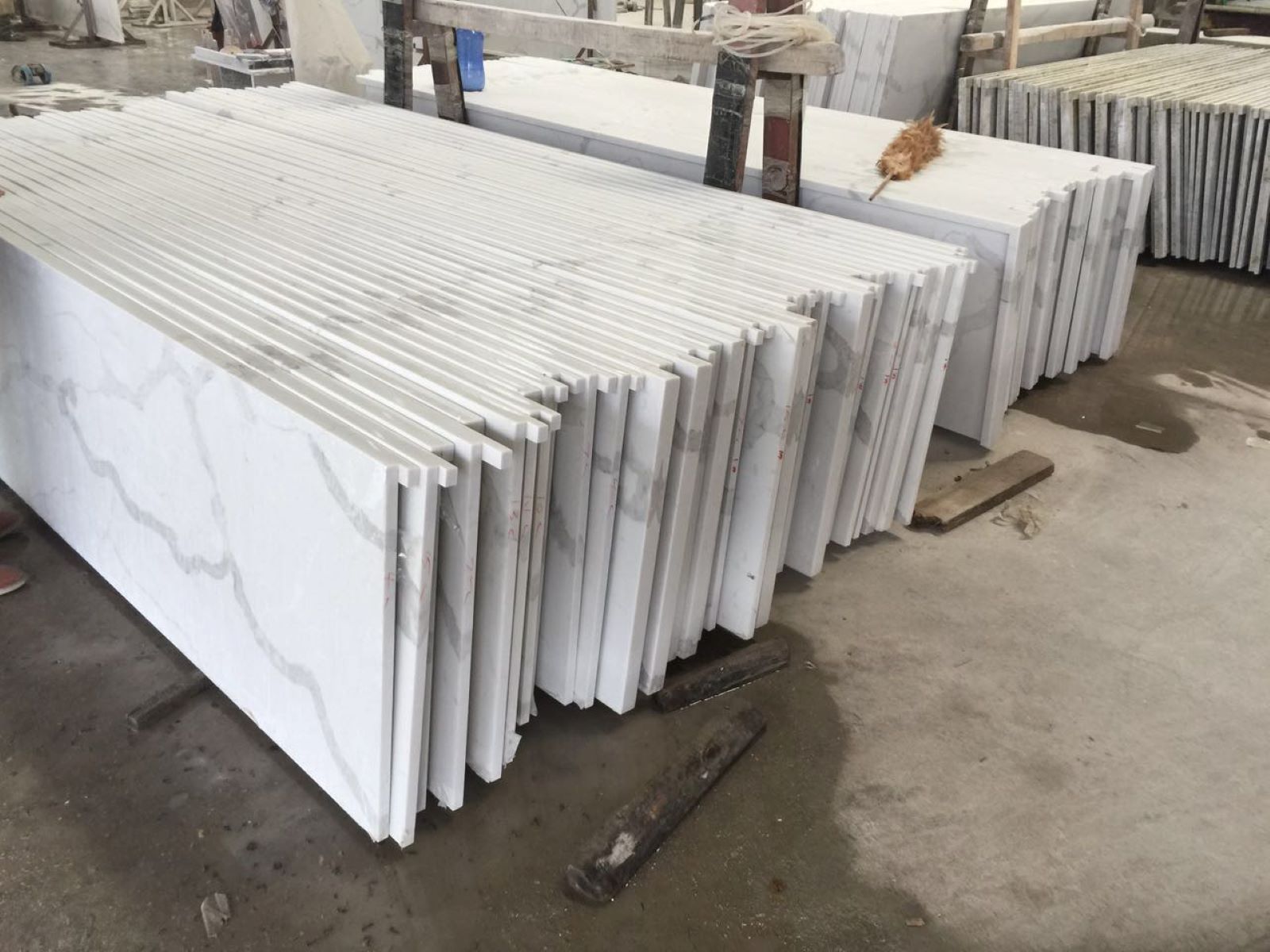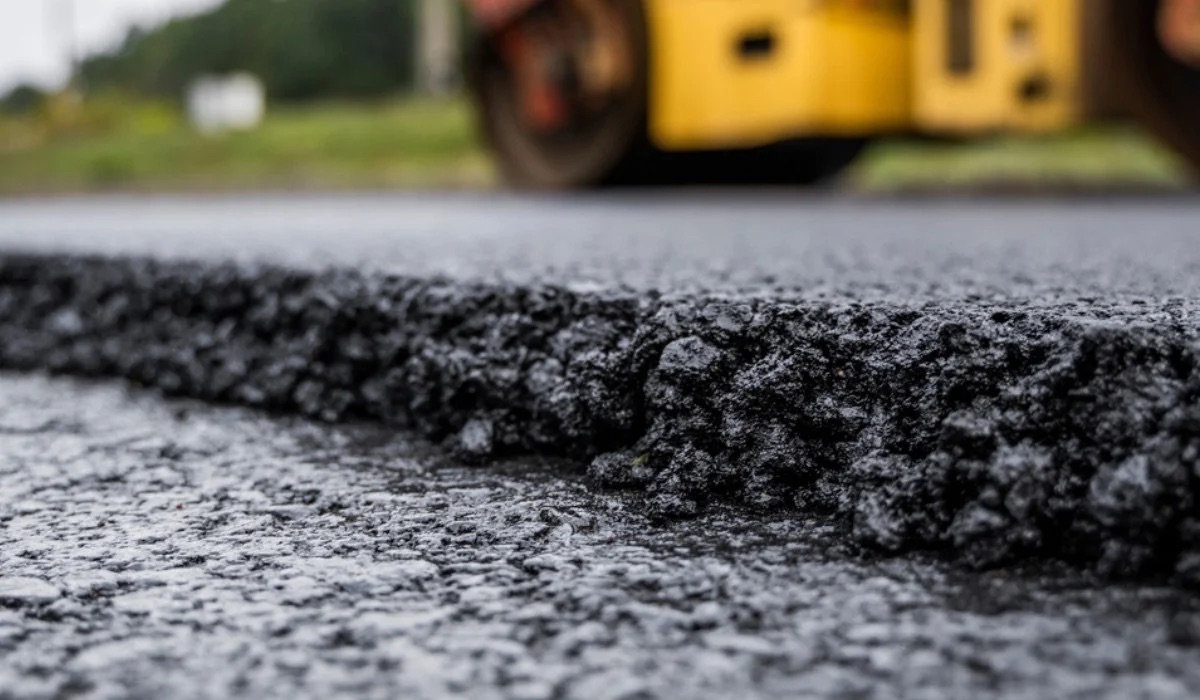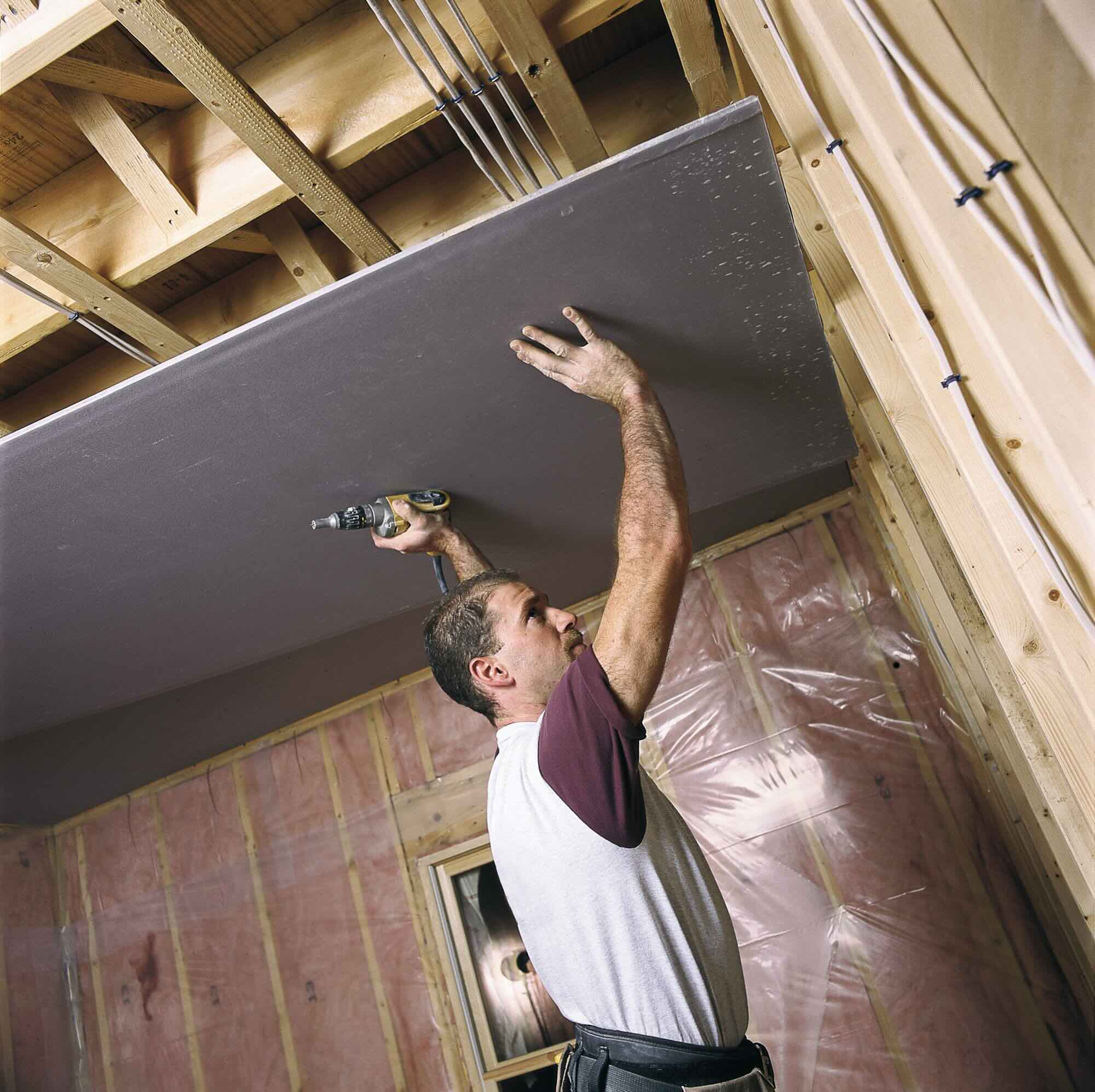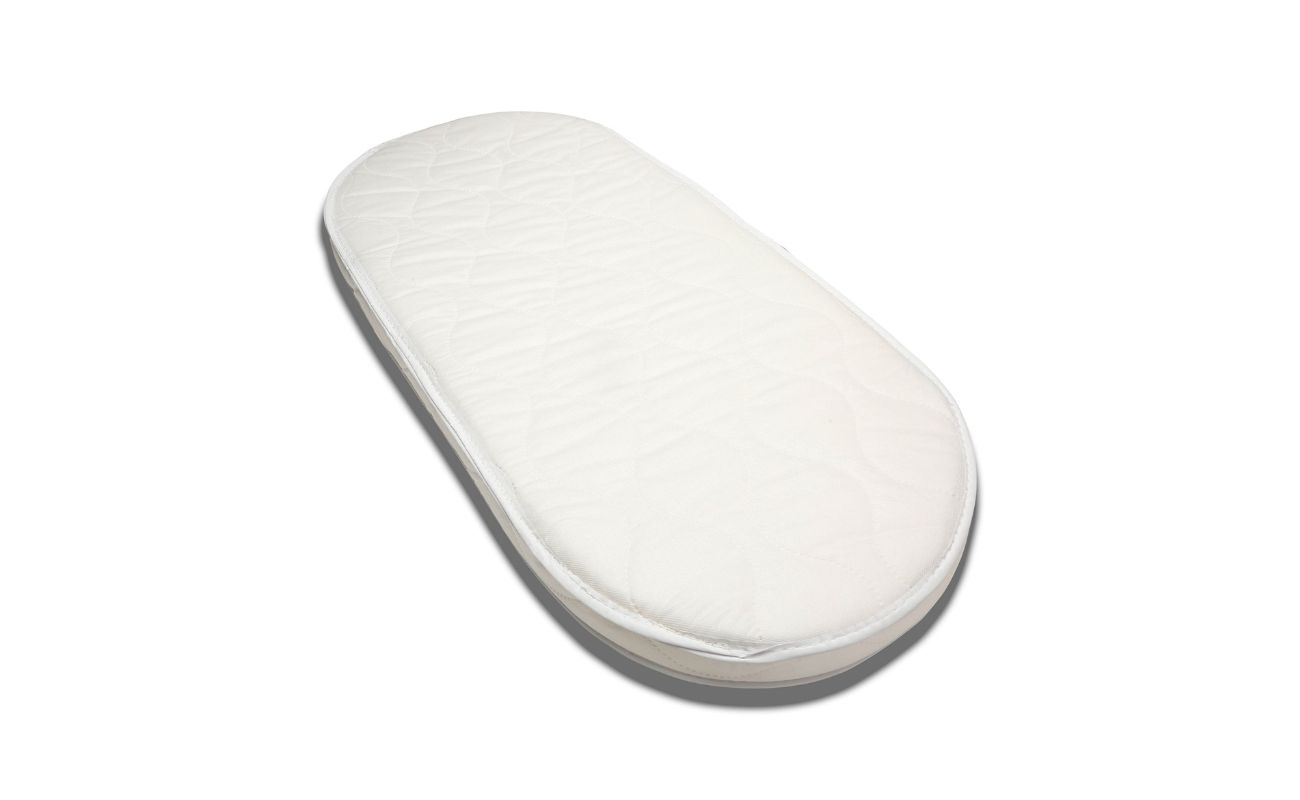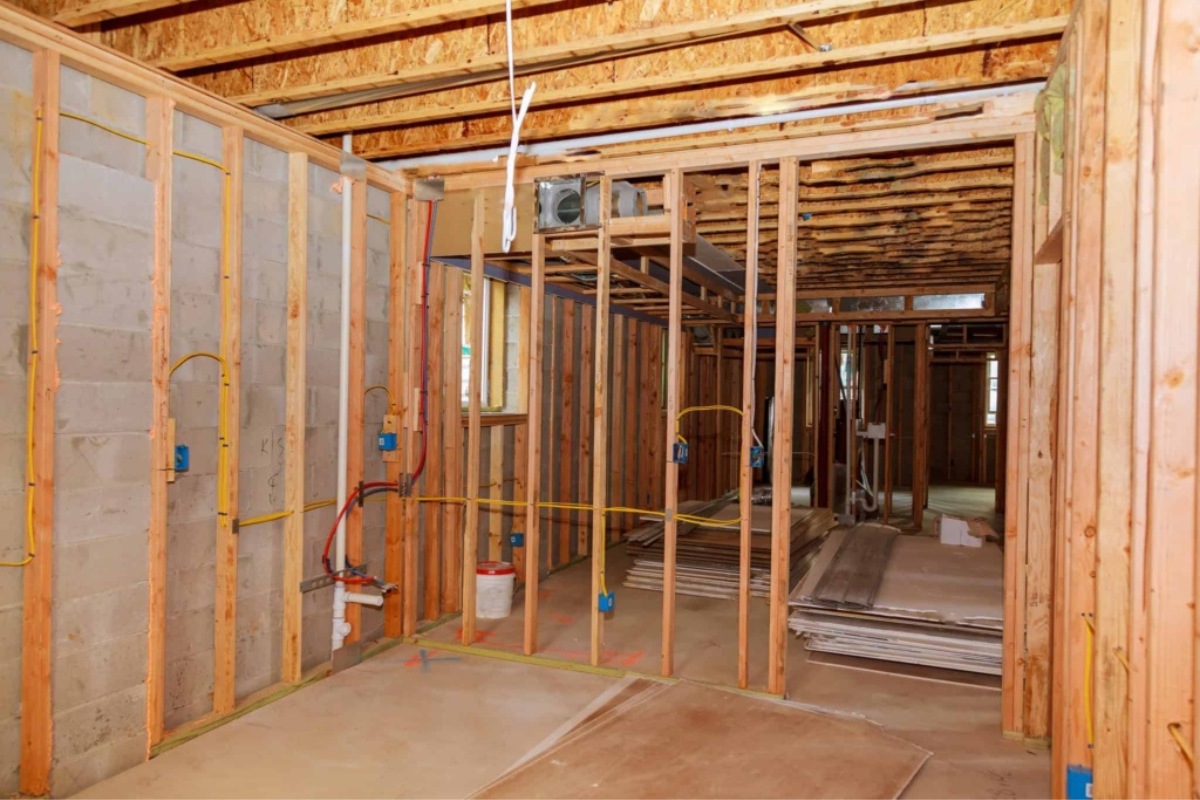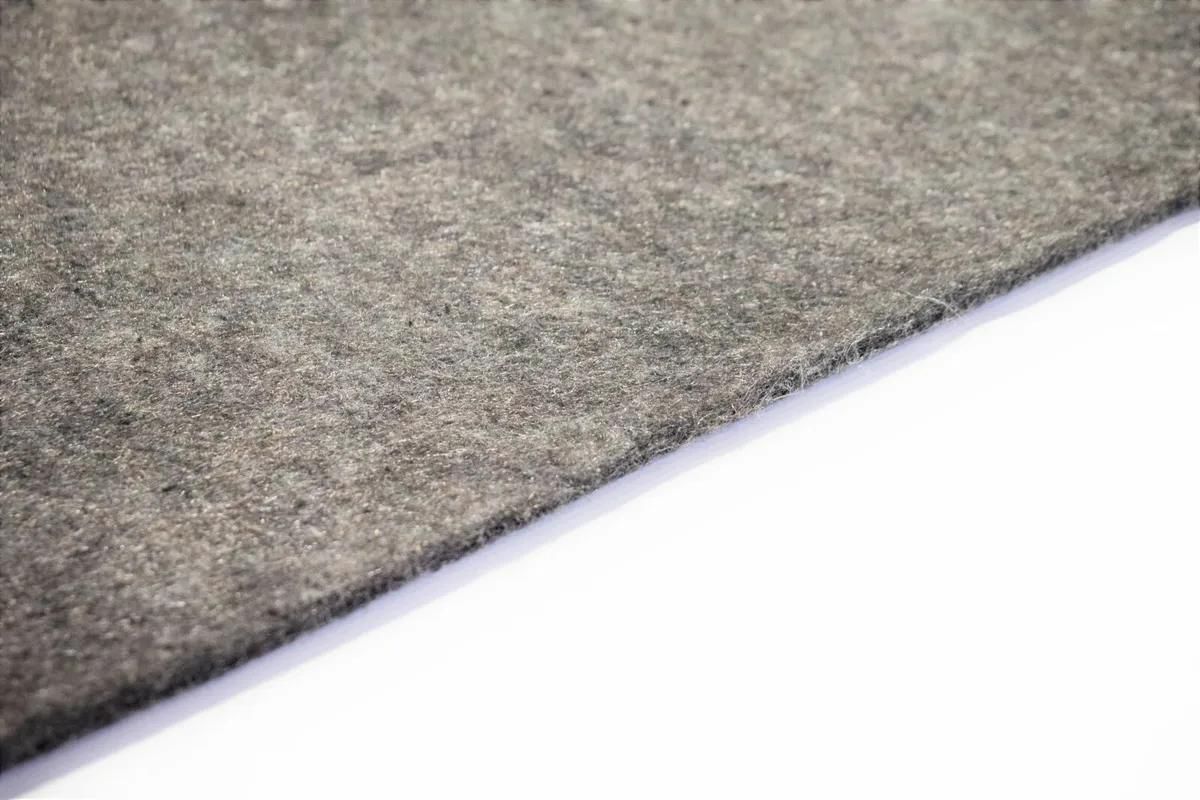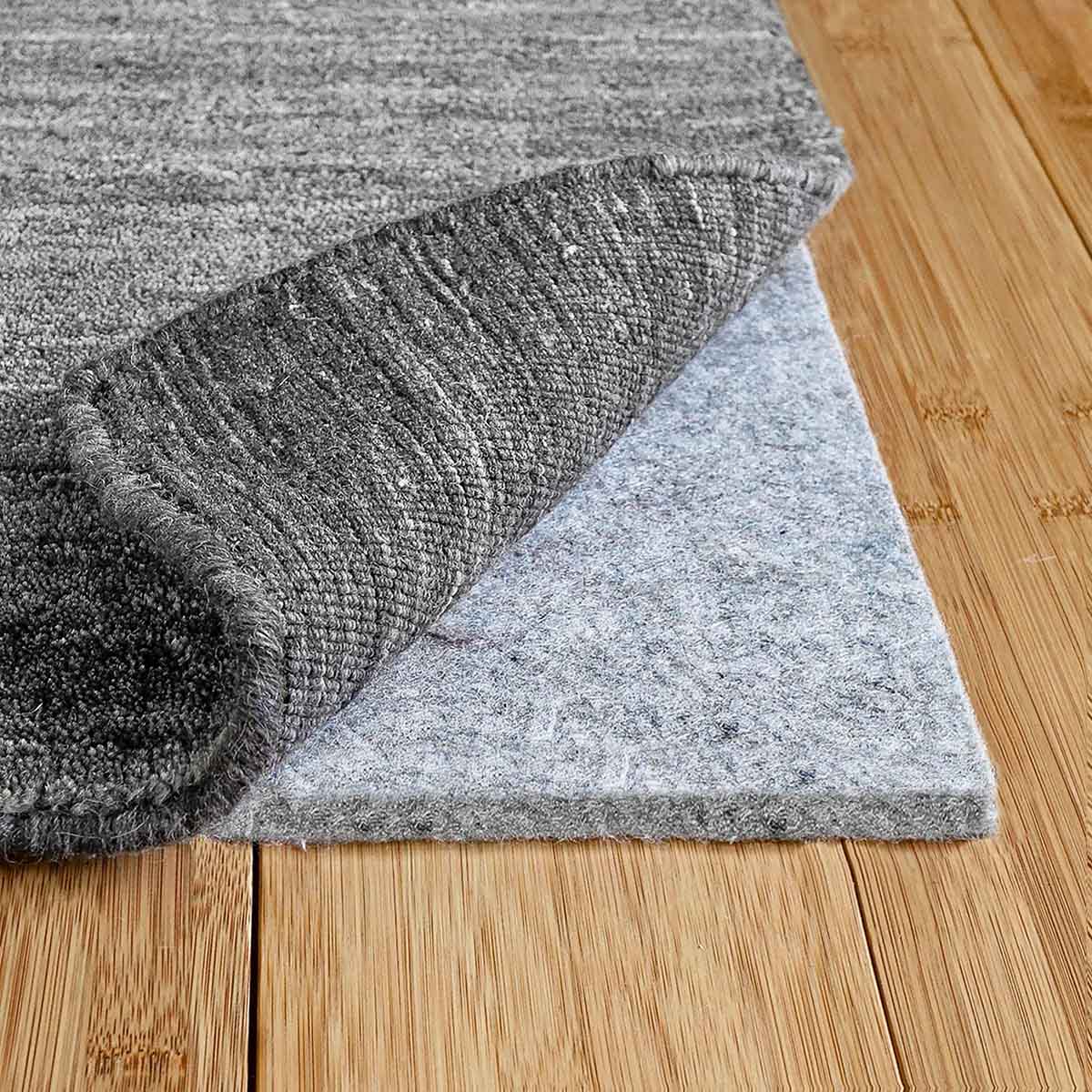

Articles
How Thick Should Carpet Padding Be
Modified: January 9, 2024
Discover the ideal thickness for carpet padding in our informative articles. Improve the durability and comfort of your carpeting with expert recommendations.
(Many of the links in this article redirect to a specific reviewed product. Your purchase of these products through affiliate links helps to generate commission for Storables.com, at no extra cost. Learn more)
Introduction
When it comes to choosing the perfect carpet for your home or office, one crucial aspect to consider is the carpet padding. While carpet itself plays a significant role in creating a cozy and inviting space, the padding underneath is equally essential for comfort, durability, and longevity. The thickness of carpet padding is a critical factor that often gets overlooked but can greatly impact the overall performance and feel of your carpet.
Carpet padding refers to the layer of material placed between the carpet and the floor. Its primary purpose is to provide cushioning and support, absorb impact, reduce noise, and enhance insulation. The padding acts as a shock absorber, preventing wear and tear on the carpet fibers and prolonging the lifespan of the carpet.
Choosing the right thickness for your carpet padding is vital as it can greatly affect the comfort, durability, and performance of your carpet. In this article, we will dive into an in-depth exploration of carpet padding thickness and its impact on carpet performance. We will also discuss the factors to consider, the benefits and drawbacks of thicker padding, and how to select the optimal thickness for your specific needs.
Please note: It is important to consult with a professional carpet installer or manufacturer to determine the appropriate carpet padding thickness for your specific carpet type and installation needs.
Key Takeaways:
- Optimal carpet padding thickness is crucial for comfort, durability, and performance. Consult professionals, consider carpet type and traffic, and balance benefits and drawbacks to make an informed decision.
- Thicker carpet padding offers enhanced comfort and durability but comes with potential drawbacks. Consider factors like budget, subfloor condition, and carpet type to find the right balance for your specific needs.
Read more: What Carpet Padding Should I Get
Importance of Carpet Padding
Carpet padding may not be the first thing that comes to mind when choosing carpet, but it plays a vital role in enhancing your overall experience with the flooring. Here are some key reasons why carpet padding is important:
- Comfort: Carpet padding adds a layer of cushioning and softness underfoot, making your carpet more comfortable to walk on. It provides a padded surface that can help alleviate foot fatigue and reduce the strain on your joints and back, especially in high-traffic areas.
- Durability: The right carpet padding helps protect your carpet from excessive wear and tear. It acts as a barrier between the carpet and the floor, absorbing the impact of foot traffic and furniture. By reducing the stress on the carpet fibers, padding helps prevent premature matting and flattening, extending the life of your carpet.
- Noise Reduction: Carpet padding acts as a sound absorber, reducing noise transmission within your space. It helps dampen footsteps and absorbs impact noise, making your environment quieter and more peaceful. This is particularly beneficial in multi-level buildings or areas where noise reduction is desired, such as bedrooms or offices.
- Thermal Insulation: The added layer of padding beneath your carpet provides insulation properties, helping to retain heat in cold weather and maintain a comfortable temperature in your space. It acts as a thermal barrier, preventing heat loss through the floor and reducing energy costs.
- Improved Air Quality: Carpet padding can help improve indoor air quality by acting as a filter. It traps and holds dust, allergens, and pollutants that would otherwise become airborne when disturbed. Regular vacuuming and maintenance of the carpet and padding can help remove these trapped particles, resulting in cleaner, healthier indoor air.
Considering the many benefits that carpet padding offers, it is clear that it is an essential component of a well-rounded carpet installation. However, it is crucial to choose the right thickness of carpet padding to maximize its advantages and ensure optimal performance.
Factors to Consider for Carpet Padding Thickness
When determining the appropriate thickness for your carpet padding, several factors should be taken into consideration. These factors will help you determine the right balance between comfort, durability, and practicality. Here are the key factors to consider:
- Carpet Type and Style: Different carpet types and styles have specific requirements when it comes to padding thickness. For example, low-pile carpets generally require thinner padding, while plush or high-pile carpets may benefit from thicker padding. It is important to consult the carpet manufacturer or your carpet installer for specific recommendations.
- Usage and Traffic: The amount and type of foot traffic in the area where the carpet will be installed will influence the padding thickness needed. High-traffic areas, such as hallways or living rooms, may require thicker padding to provide better cushioning and support. On the other hand, areas with low-traffic, such as bedrooms, may be suitable for thinner padding.
- Subfloor Condition: The condition of your subfloor can impact the choice of padding thickness. If your subfloor is uneven or has imperfections, thicker padding can help provide better support and eliminate potential unevenness. It can also help mask minor subfloor imperfections.
- Soundproofing: If noise reduction is a priority, especially in multi-level buildings or rooms where quietness is desired, thicker padding can help provide better sound insulation. Thicker padding absorbs more impact noise, resulting in a quieter environment.
- Budget: The cost of carpet padding can vary based on thickness. Thicker padding generally costs more than thinner options. Consider your budget and weigh it against the desired level of comfort and performance.
Considering these factors will help you determine the appropriate thickness for your carpet padding. It is important to strike a balance between comfort, durability, and practicality, ensuring that the padding enhances the overall performance and lifespan of your carpet.
Benefits of Thicker Carpet Padding
When choosing the thickness of your carpet padding, opting for a thicker padding can offer several advantages. Here are some key benefits of using thicker carpet padding:
- Extra Comfort: Thicker padding provides a more luxurious and cushioned feel underfoot. It offers enhanced comfort, especially in areas where you spend a significant amount of time standing or walking, such as living rooms or bedrooms. The additional padding creates a softer and more plush surface, making your carpet a cozy retreat.
- Increased Durability: Thicker padding helps absorb the impact of foot traffic, reducing the stress on the carpet fibers. This helps prevent premature wear and tear, such as matting or flattening of the carpet. By protecting the carpet from excessive compression, thicker padding can extend the lifespan of your carpet, ensuring it retains its original beauty for longer.
- Better Noise Reduction: Thicker padding acts as a better sound insulator by absorbing impact noise efficiently. It dampens footsteps and reduces the transfer of noise between floors, making the environment quieter and more peaceful. This is particularly beneficial in areas such as apartments, offices, or homes with multiple levels.
- Improved Insulation: Thicker padding provides better thermal insulation properties, helping to keep your space warm in colder months. It acts as a barrier, preventing heat loss through the floor and creating a cozy atmosphere. This can contribute to energy savings by reducing the need for artificial heating.
- Leveling and Concealing Imperfections: Thicker padding can help level out minor subfloor imperfections, creating a smoother surface for your carpet installation. It helps conceal small bumps or unevenness, resulting in a more visually appealing and professional-looking carpet installation.
These benefits highlight why thicker carpet padding may be a suitable choice for certain situations. However, it is important to remember that the ideal padding thickness depends on various factors, including carpet type, usage, and personal preference.
Drawbacks of Thicker Carpet Padding
While thicker carpet padding offers several benefits, it is essential to consider the potential drawbacks before making a decision. Understanding these drawbacks will help you make an informed choice based on your specific needs and preferences. Here are some common drawbacks associated with thicker carpet padding:
- Increased Cost: Thicker padding is generally more expensive than thinner options. The additional padding material and higher quality required contribute to the higher cost. If you have budget constraints, opting for thinner padding may be a more practical choice.
- Potential Installation Issues: Thicker carpet padding can pose installation challenges, especially if your existing carpet and subfloor were not originally designed for such thickness. You may need to make adjustments, such as trimming doors or removing baseboards, to accommodate the thicker padding. It is important to consult with a professional carpet installer to ensure a proper installation.
- Reduced Stability: Thicker padding may reduce the stability of your carpet. It can create a softer and more cushioned surface that may feel less stable underfoot. This can be a concern for individuals who prefer a firmer and more stable walking surface, such as those with mobility issues.
- Less Suitable for Low-profile Carpets: Thicker padding is not always suitable for low-profile or Berber-style carpets that have shorter pile heights. It can cause excess cushioning, leading to the carpet feeling unstable or the seams being more visible. Thinner padding may be a better option for these types of carpets.
- Potential Maintenance Challenges: Thicker padding can require more effort in terms of maintenance. It may trap more dirt, debris, and allergens compared to thinner padding. Regular vacuuming and thorough cleaning are necessary to keep the padding and carpet clean and free of allergens.
Consider these drawbacks alongside the benefits when deciding on the optimum thickness for your carpet padding. It is crucial to strike a balance between the advantages and disadvantages to ensure the best overall performance and satisfaction with your carpet installation.
The ideal thickness for carpet padding is 7/16 to 1/2 inch. Thicker padding provides more comfort and insulation, while thinner padding is suitable for low-traffic areas.
Read more: How To Lay A Carpet Pad
Optimal Thickness for Carpet Padding
Determining the optimal thickness for your carpet padding depends on several factors, including carpet type, usage, and personal preference. While there is no one-size-fits-all answer, here are some general guidelines to help you make an informed decision:
- Carpet Type: Different carpet types have specific recommendations for padding thickness. Manufacturers often provide guidelines for selecting the appropriate padding thickness to complement their carpets. It is important to consult the carpet manufacturer or your carpet installer to ensure you are within their recommended range.
- Usage and Traffic: Consider the foot traffic in the area where the carpet will be installed. Higher-traffic areas, such as hallways or living rooms, may benefit from thicker padding to provide better cushioning and support. For lower-traffic areas like bedrooms, thinner padding may be sufficient.
- Desired Comfort: Your personal comfort preference plays a significant role in determining padding thickness. Thicker padding provides a more luxurious, cushioned feel underfoot, while thinner padding offers a firmer and more stable surface. Consider what level of comfort you desire and balance it with the other factors.
- Subfloor Condition: If your subfloor is uneven or has imperfections, thicker padding can help level out the surface and provide better support. Thicker padding can effectively mask minor subfloor irregularities and create a smoother carpet installation.
- Budget: Consider your budget when selecting the padding thickness. Thicker padding can be more expensive than thinner options due to the additional material and higher quality required. Ensure that you choose a thickness that fits within your budget without compromising on quality and performance.
It is important to note that while thicker padding can offer enhanced comfort and durability, there is a limit to how thick the padding should be. Padding that is too thick can have drawbacks, as mentioned earlier. Strive for a balance that meets your comfort needs while considering the limitations set by the carpet manufacturer.
Ultimately, it is recommended to consult with a professional carpet installer or manufacturer. They can assess your specific needs, evaluate your carpet type, and consider the factors mentioned above to determine the most suitable padding thickness for your carpet installation.
Selecting the Right Carpet Padding Thickness
Choosing the right thickness for your carpet padding is essential to ensure optimal comfort, durability, and performance. Here are a few steps to guide you in selecting the right carpet padding thickness:
- Consult with Professionals: Seek advice from professional carpet installers or manufacturers who have extensive experience and knowledge in the industry. They can provide valuable insights and recommendations based on your specific carpet type, usage, and subfloor condition.
- Consider Carpet Type: Different carpet types have specific recommendations for padding thickness. Follow the guidelines provided by the carpet manufacturer to ensure your carpet and padding work in harmony.
- Evaluate Foot Traffic: Assess the amount and type of foot traffic in the area where the carpet will be installed. Higher-traffic areas may benefit from thicker padding to provide better cushioning and support, while lower-traffic areas may require thinner padding.
- Assess Comfort Needs: Consider your personal comfort preference. Thicker padding offers a more luxurious, cushioned feel underfoot, while thinner padding provides a firmer and more stable walking surface. Strike a balance between comfort and practicality that suits your preferences.
- Check Subfloor Condition: Evaluate the condition of your subfloor. If it is uneven or has imperfections, thicker padding can help level the surface and provide better support. Thicker padding can effectively mask minor subfloor irregularities and create a smoother carpet installation.
- Factor in Budget: Consider your budget when selecting the thickness of your carpet padding. Thicker padding generally costs more than thinner options. Set a budget that allows for a quality padding thickness without overstretching your finances.
- Balance Benefits and Drawbacks: Keep in mind the benefits and drawbacks of thicker padding as discussed earlier. Evaluate the trade-offs and find the right balance that meets your comfort needs while considering the limitations set by the carpet manufacturer.
By following these steps and considering the various factors, you can make an informed decision in selecting the right carpet padding thickness. Remember to consult with professionals and rely on their expertise to ensure the best outcome for your carpet installation.
Common Misconceptions about Carpet Padding Thickness
When it comes to carpet padding thickness, there are several misconceptions that can lead to confusion and misguided choices. It is essential to debunk these misconceptions and understand the facts. Here are some common misconceptions surrounding carpet padding thickness:
- Thicker Padding Means Better Quality: One common misconception is that thicker carpet padding automatically equals better quality or durability. While thicker padding can offer increased comfort and support, the quality of the padding depends on various factors, including the material and density of the padding. It is important to choose padding that is suitable for your specific carpet type and installation needs, rather than solely focusing on thickness.
- Thicker Padding Always Provides Better Insulation: While thicker padding may offer improved insulation properties, it is not the sole factor in determining the level of thermal insulation. The type and material of the carpet, as well as the overall carpet installation, also contribute to insulation. It is important to consider the entire flooring system when seeking insulation benefits, rather than relying solely on the thickness of the padding.
- Thicker Padding Can Compensate for Defective Subfloor: Another misconception is that thicker padding can effectively compensate for an uneven or defective subfloor. While thicker padding may help mask minor imperfections, it cannot completely correct structural issues. It is crucial to address any subfloor problems before installing carpet to ensure a stable and long-lasting flooring foundation.
- Thicker Padding is Always More Comfortable: While thicker padding may provide a more cushioned feel, comfort is subjective and depends on personal preference. Some individuals may prefer a firmer and more stable surface, which can be achieved with thinner padding. It is important to consider your comfort needs and strike a balance between cushioning and stability when choosing the padding thickness.
- Thicker Padding Always Provides Better Soundproofing: While thicker padding can contribute to sound absorption and noise reduction, it is not the sole factor in achieving effective soundproofing. Factors such as the carpet type, carpet density, and overall carpet installation also play significant roles in soundproofing. It is important to consider the entire flooring system and consider additional soundproofing measures if noise reduction is a top priority.
By understanding and debunking these common misconceptions, you can make more informed decisions regarding carpet padding thickness. It is vital to consider factors beyond thickness, such as carpet type, subfloor condition, and personal preferences, to ensure the best overall performance and satisfaction with your carpet installation.
Conclusion
Choosing the right thickness for your carpet padding is crucial for achieving the perfect balance of comfort, durability, and performance. While thicker padding can offer increased cushioning and support, there are various factors to consider to ensure the optimal thickness for your specific needs.
It is important to consult with professionals, such as carpet installers or manufacturers, who can provide expert advice based on your carpet type, usage, and subfloor condition. They can guide you in selecting the appropriate padding thickness that complements your carpet and enhances its performance.
Consider factors such as the type of carpet, the amount of foot traffic, your comfort preferences, and your budget when deciding on the padding thickness. Strive for a balance that provides adequate cushioning and support while considering the limitations set by the carpet manufacturer.
While thicker padding offers benefits such as enhanced comfort, durability, and sound absorption, it is essential to weigh the potential drawbacks, such as increased cost and installation challenges. Thicker padding is not always suitable for low-profile carpets or for compensating for subfloor irregularities.
By debunking common misconceptions and understanding the facts, you can make more informed decisions regarding carpet padding thickness. Remember that the goal is to achieve a carpet installation that meets your specific needs, enhances the overall performance of your carpet, and provides long-lasting satisfaction.
To ensure the best outcome, consult with professionals, evaluate your specific requirements, and consider the guidelines provided by carpet manufacturers. Finding the optimal thickness for your carpet padding will contribute to creating a comfortable, durable, and visually appealing flooring solution for your space.
Frequently Asked Questions about How Thick Should Carpet Padding Be
Was this page helpful?
At Storables.com, we guarantee accurate and reliable information. Our content, validated by Expert Board Contributors, is crafted following stringent Editorial Policies. We're committed to providing you with well-researched, expert-backed insights for all your informational needs.
